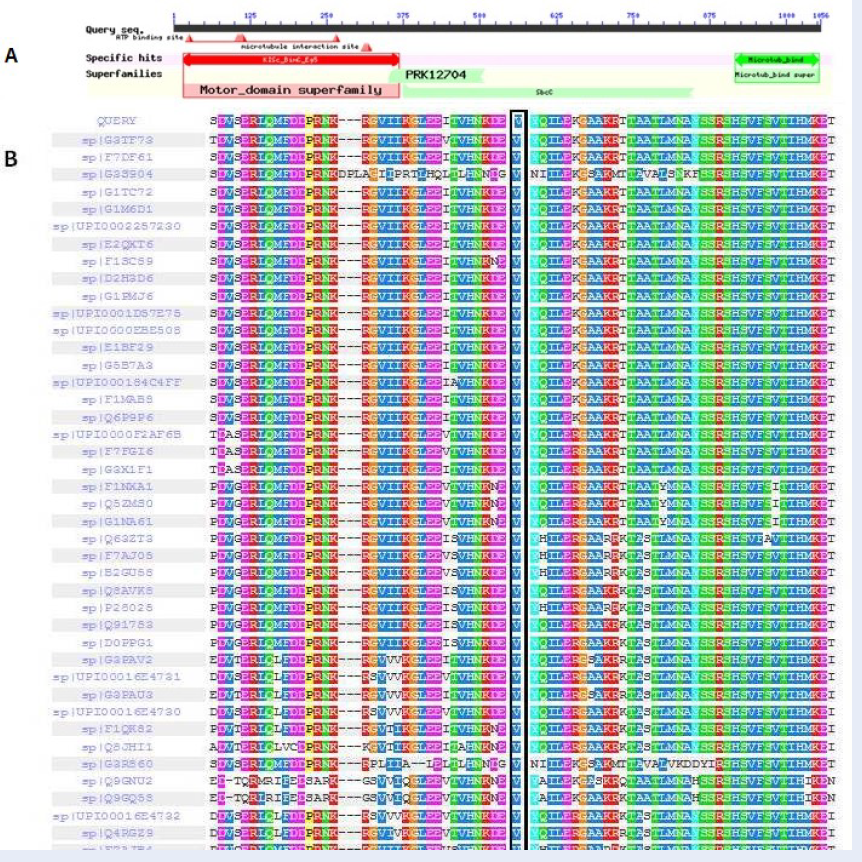A novel KIF11 missense mutation causing Microcephaly with or without chorioretinopathy, lymphedema, or mental retardation (MCLMR): A case report and literature review
DOI:
https://doi.org/10.15419/bmrat.v11i6.899Keywords:
Microcephaly, WES, KIF11 gene, MCLMRAbstract
Introduction: Microcephaly with or without chorioretinopathy, lymphedema, or mental retardation (MCLMR) is an autosomal dominant rare syndrome. The characteristic features include microcephaly, eye disorders, and mild-to-moderate intellectual disability. Recent evidence has revealed that mutations in the kinesin family member 11 (KIF11) gene are associated with MCLMR.
Methods: Herein, we present the case of a four-year-old Iranian girl with clinical manifestations of MCLMR and a literature review of previous cases with attributes of MCLMR. Considering her developmental delay, microcephaly, small face, low-set ears, hearing loss, visual defects, and seizures, MCLMR was suspected, and whole-exome sequencing (WES) was performed. The candidate variant was screened in the proband, her parents, and other family members using Sanger sequencing. The variant's pathogenicity and the effect of amino acid substitution on protein stability and 3D structure were evaluated by in silico analysis and different bioinformatics prediction tools.
Results: The WES analysis identified a de novo novel heterozygous missense mutation in the KIF11 gene [c.629T>C; p.(Val210Ala)], which co-segregated with the phenotype and was consistent with autosomal dominant inheritance. According to in silico protein analysis results, the mutation occurred in the kinesin motor domain, specifically in the BimC/Eg5 spindle pole proteins, that participate in spindle assembly and chromosome segregation during cell division. It had a negative effect on the protein structure and led to a loss of protein function.
Conclusion: The pathogenic mutation in the KIF12 gene could reduce protein activity and lead to the pleiotropic phenotypes of MCLMR syndrome in our patient. To our knowledge, this variant has not been reported previously in the literature, and this report is the first genetic study of an Iranian patient suffering from MCLMR with the novel KIF11 variant. Also, our findings broaden both the understanding of the clinical phenotype and the allelic repertoire of KIF11. Comparing the patient's features with those of other patients reported previously provides future viewpoints for clinical study in this area.

Published
Issue
Section
License
Copyright The Author(s) 2017. This article is published with open access by BioMedPress. This article is distributed under the terms of the Creative Commons Attribution License (CC-BY 4.0) which permits any use, distribution, and reproduction in any medium, provided the original author(s) and the source are credited.
